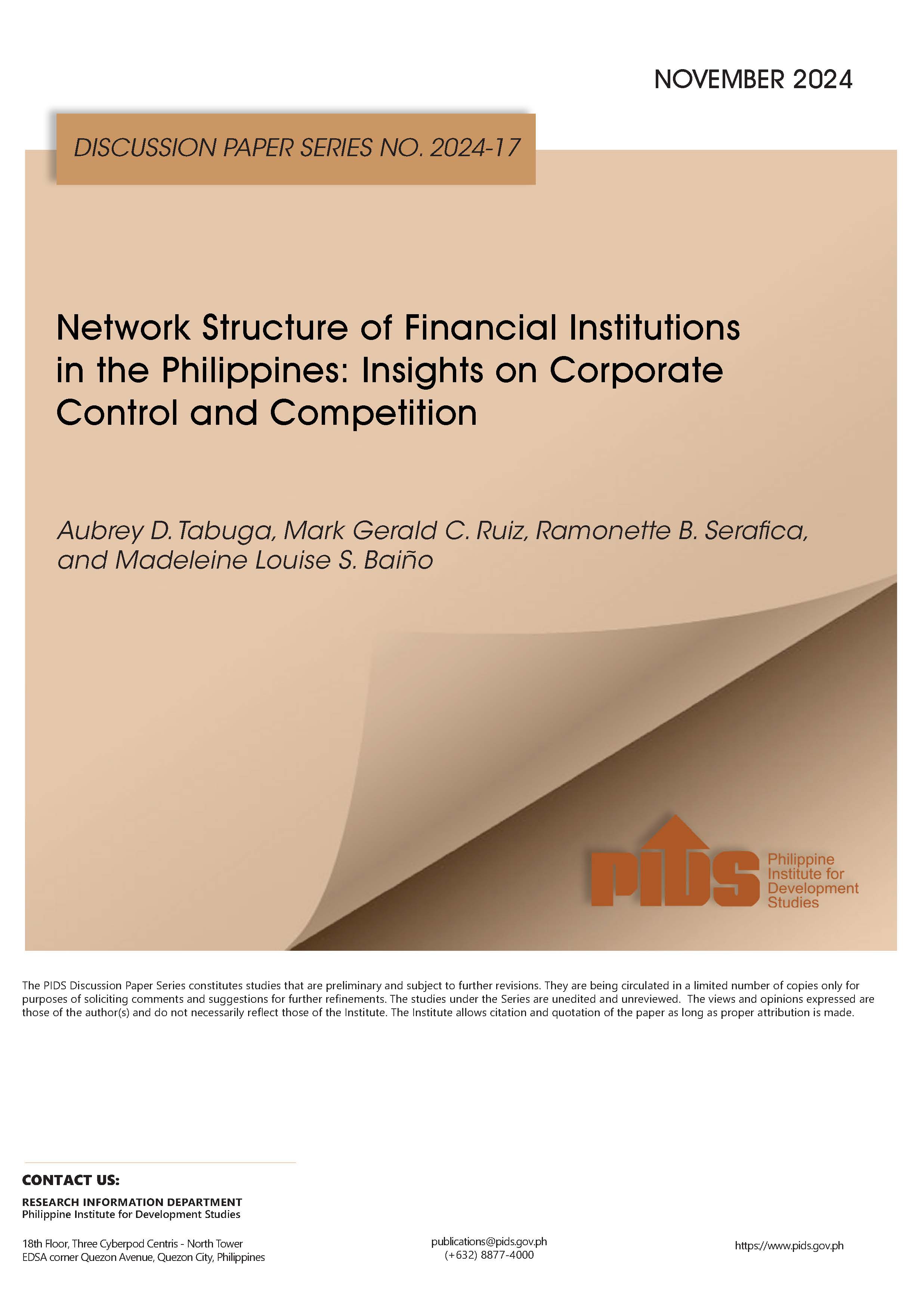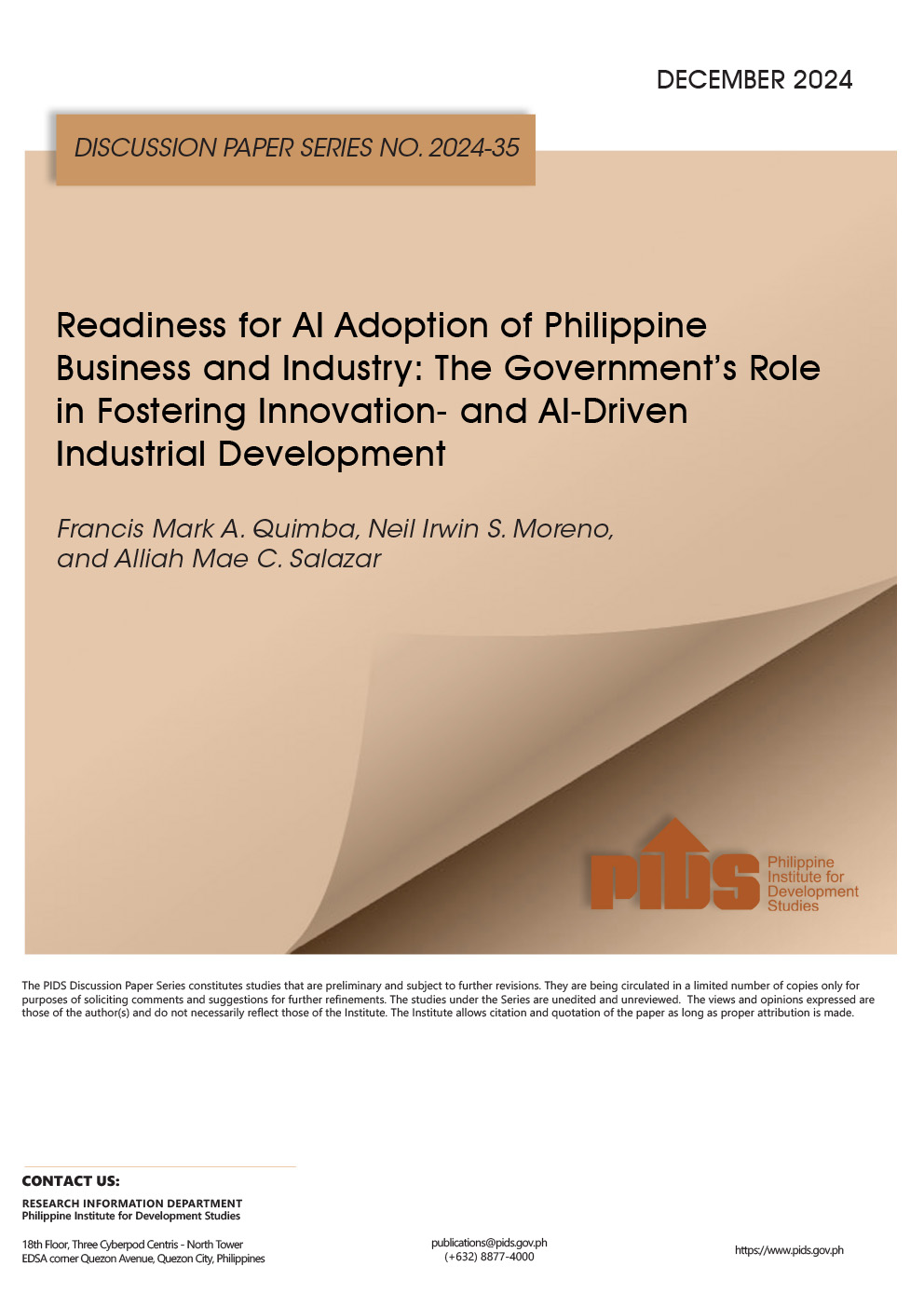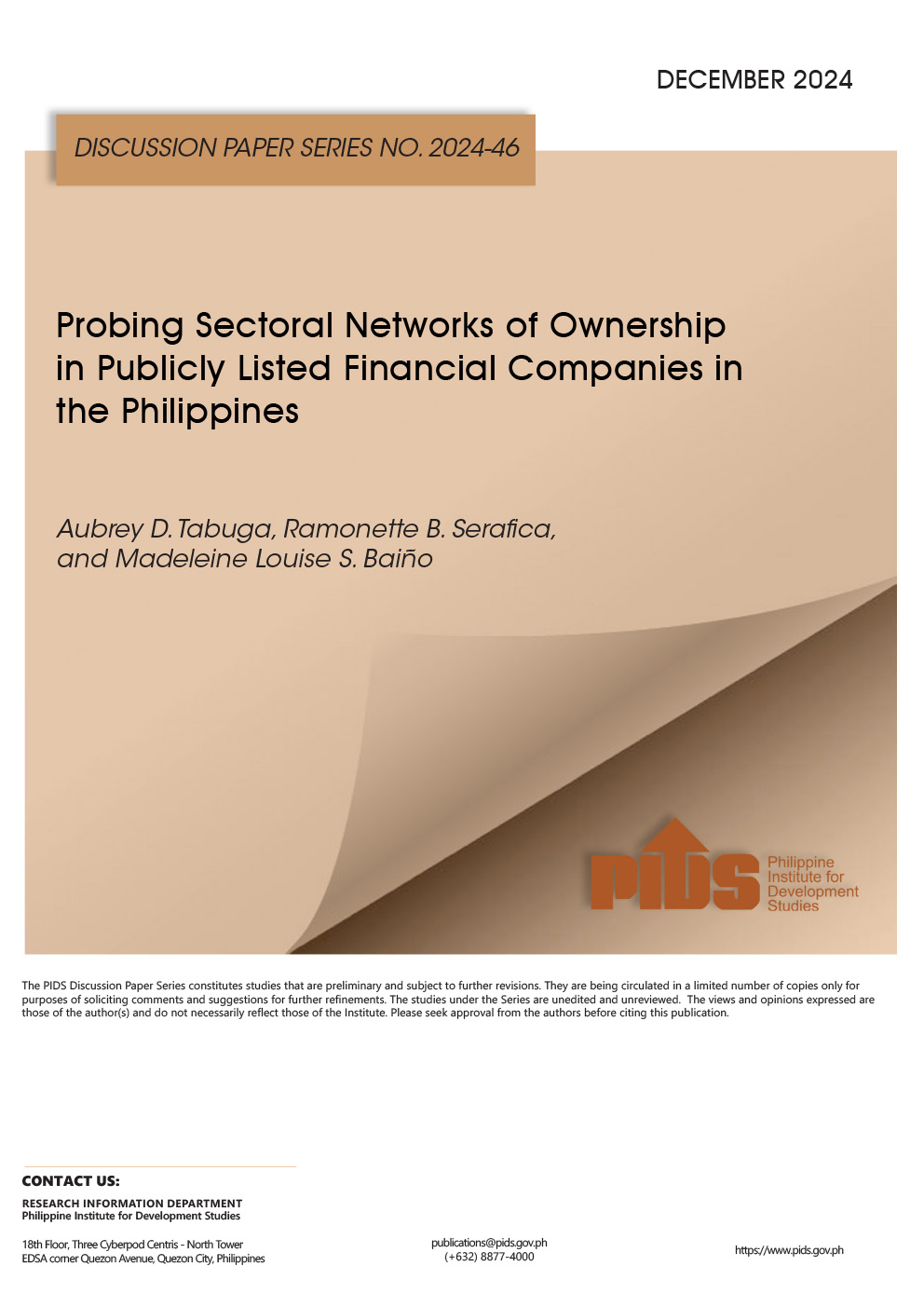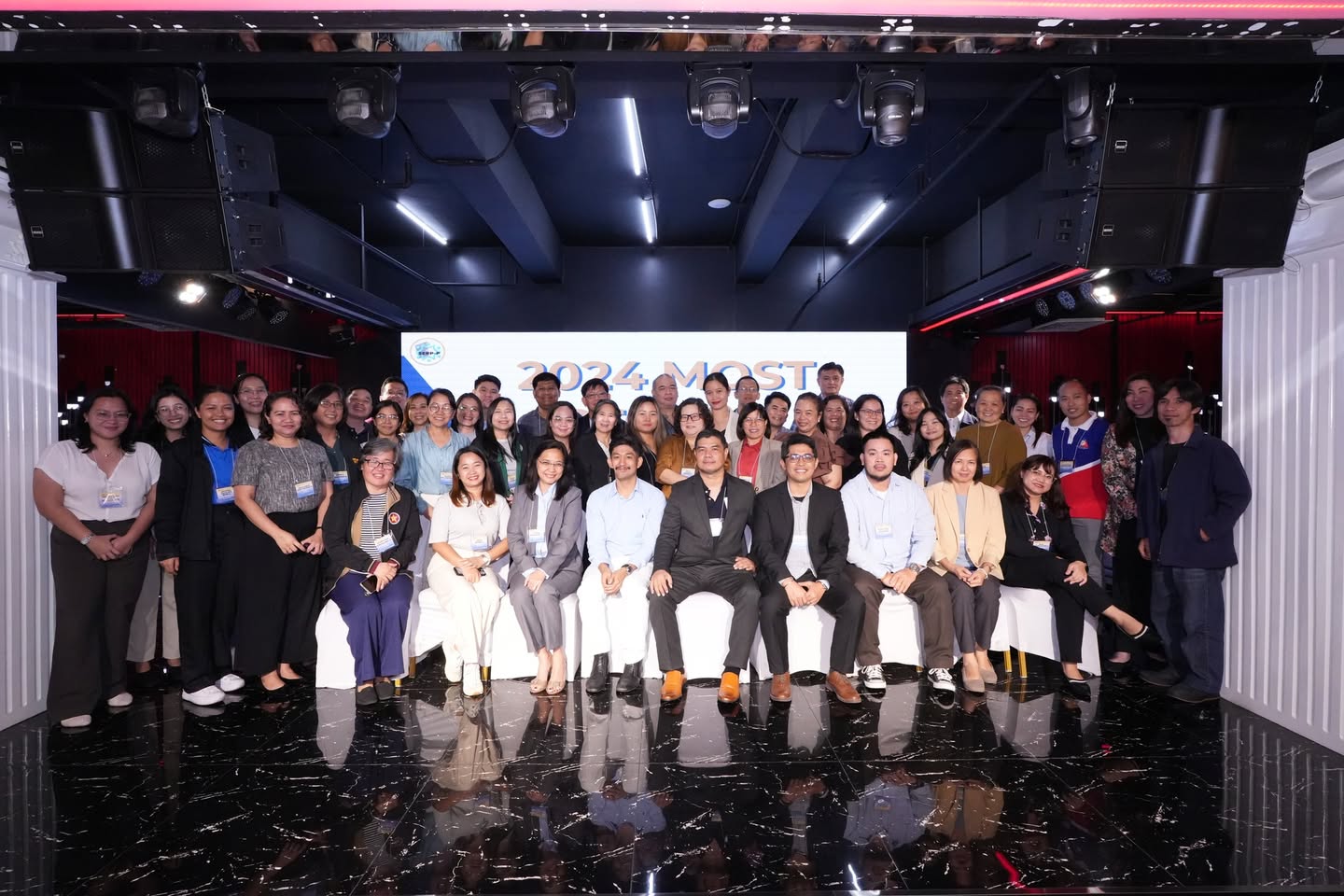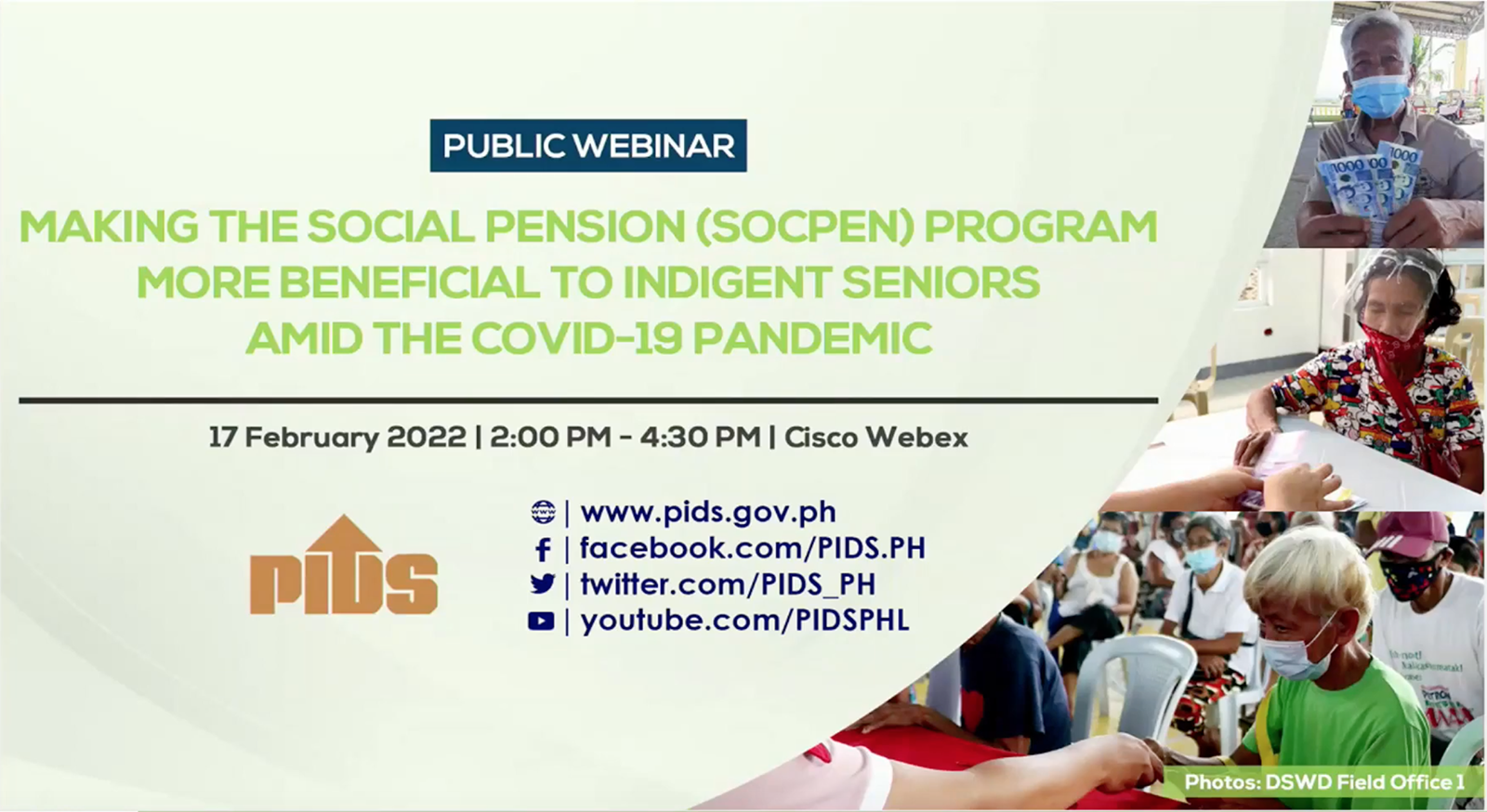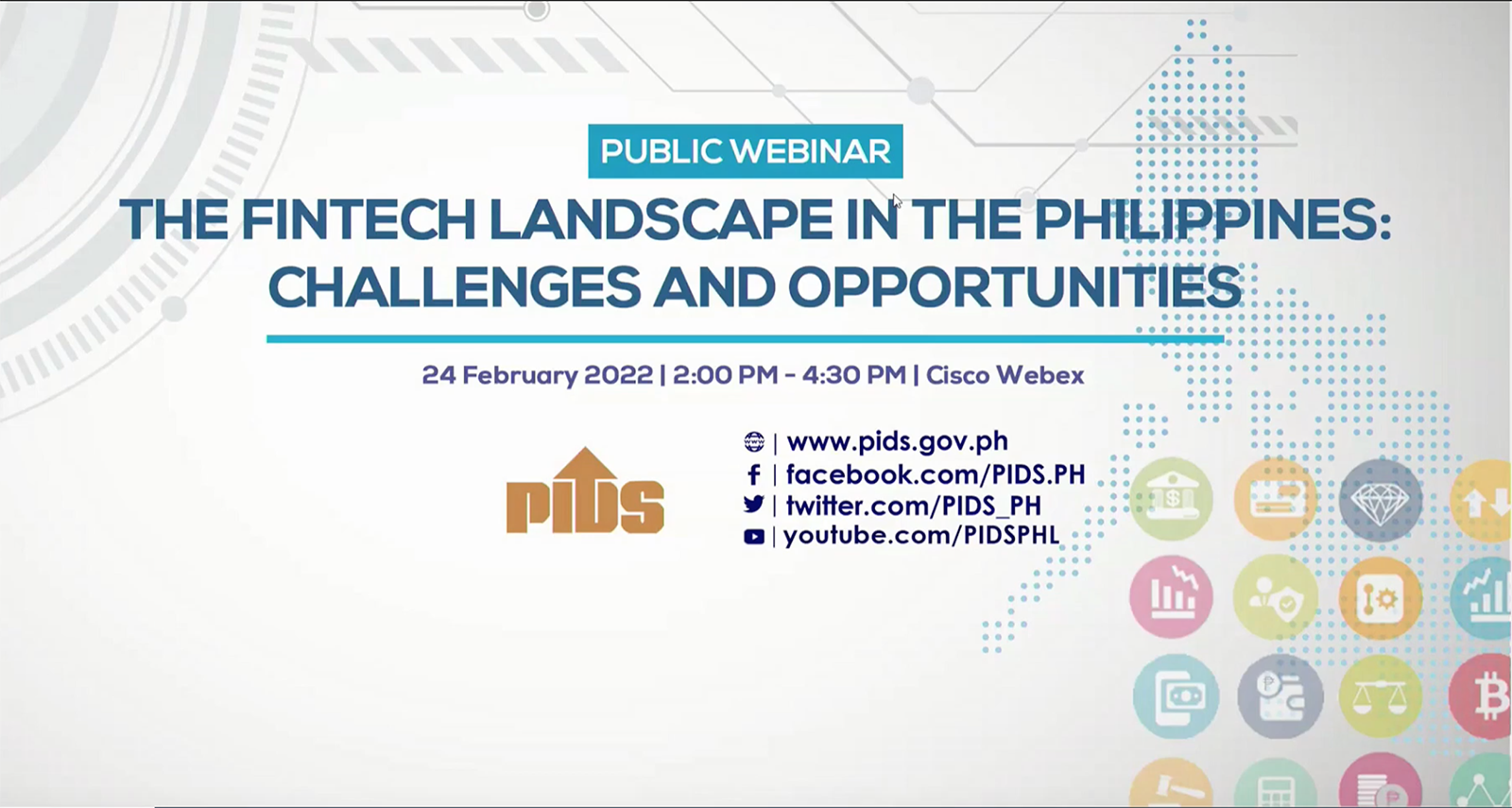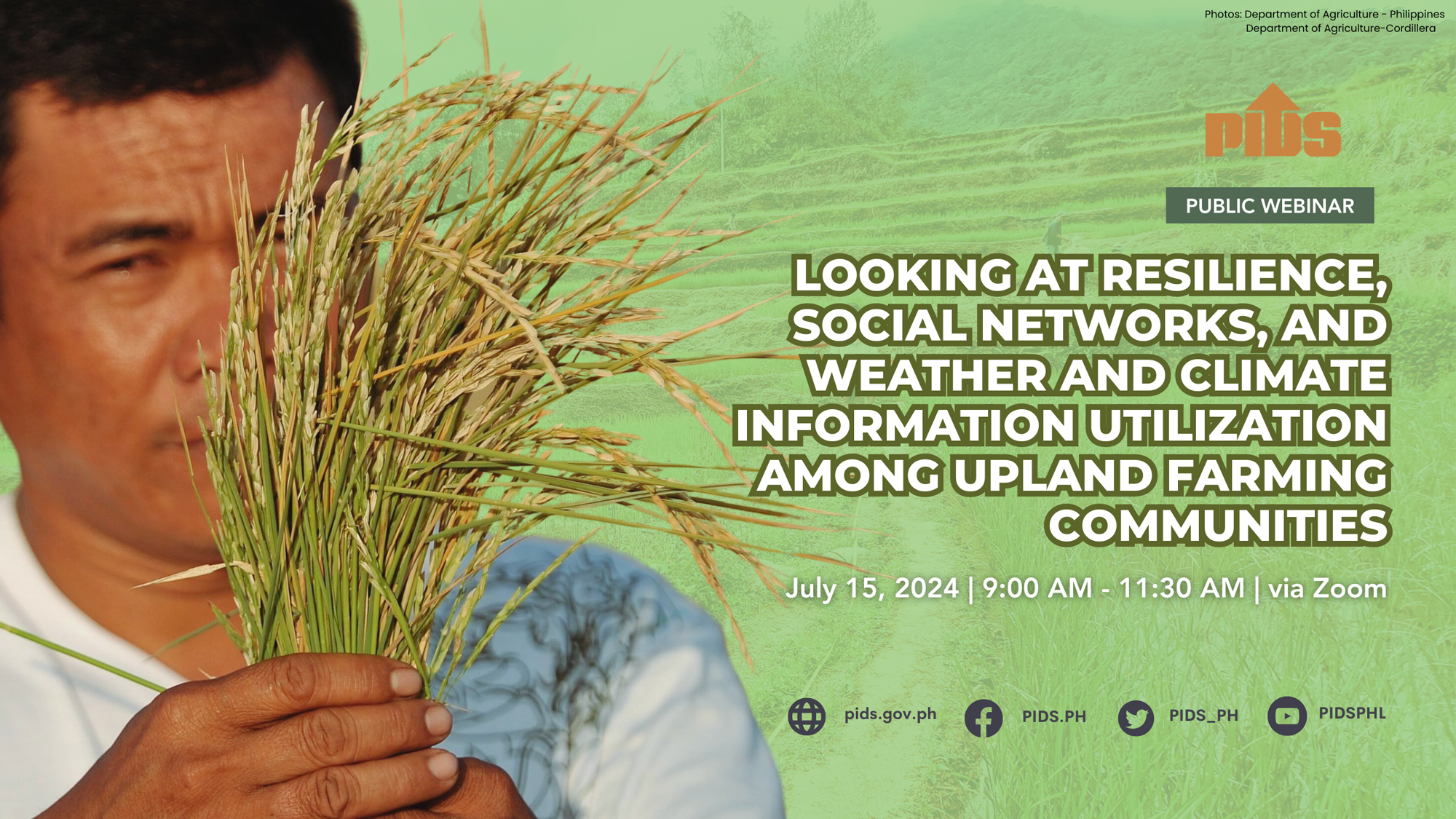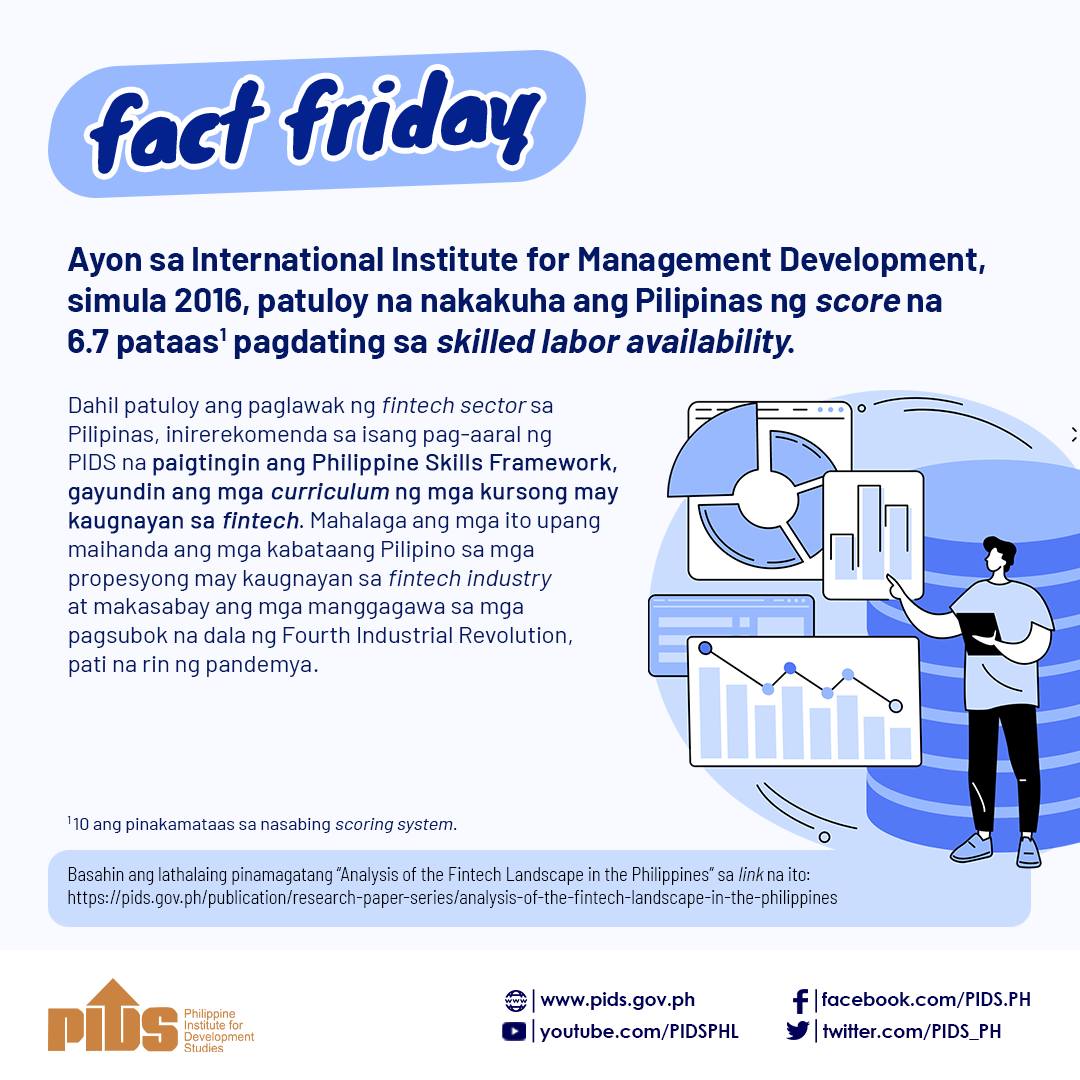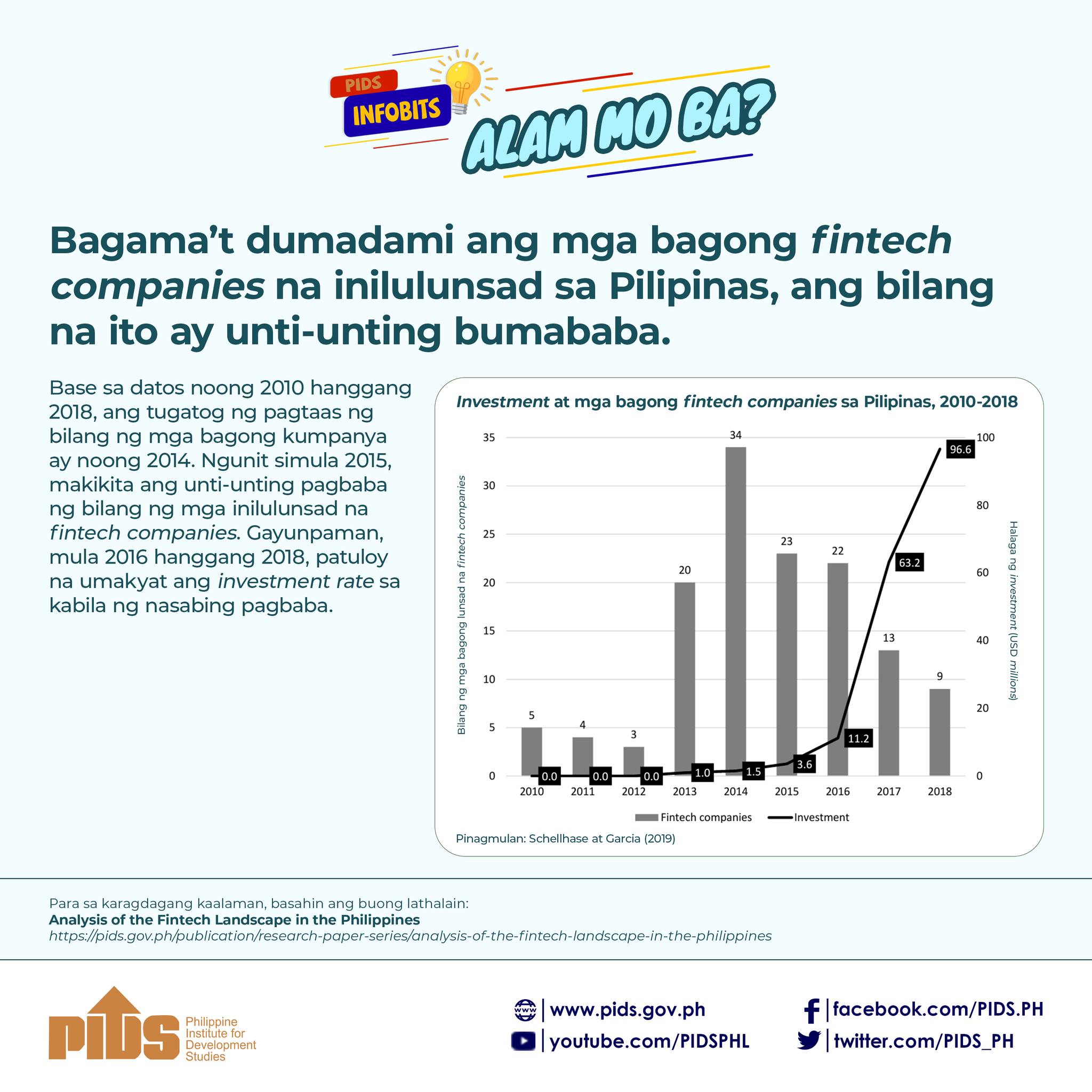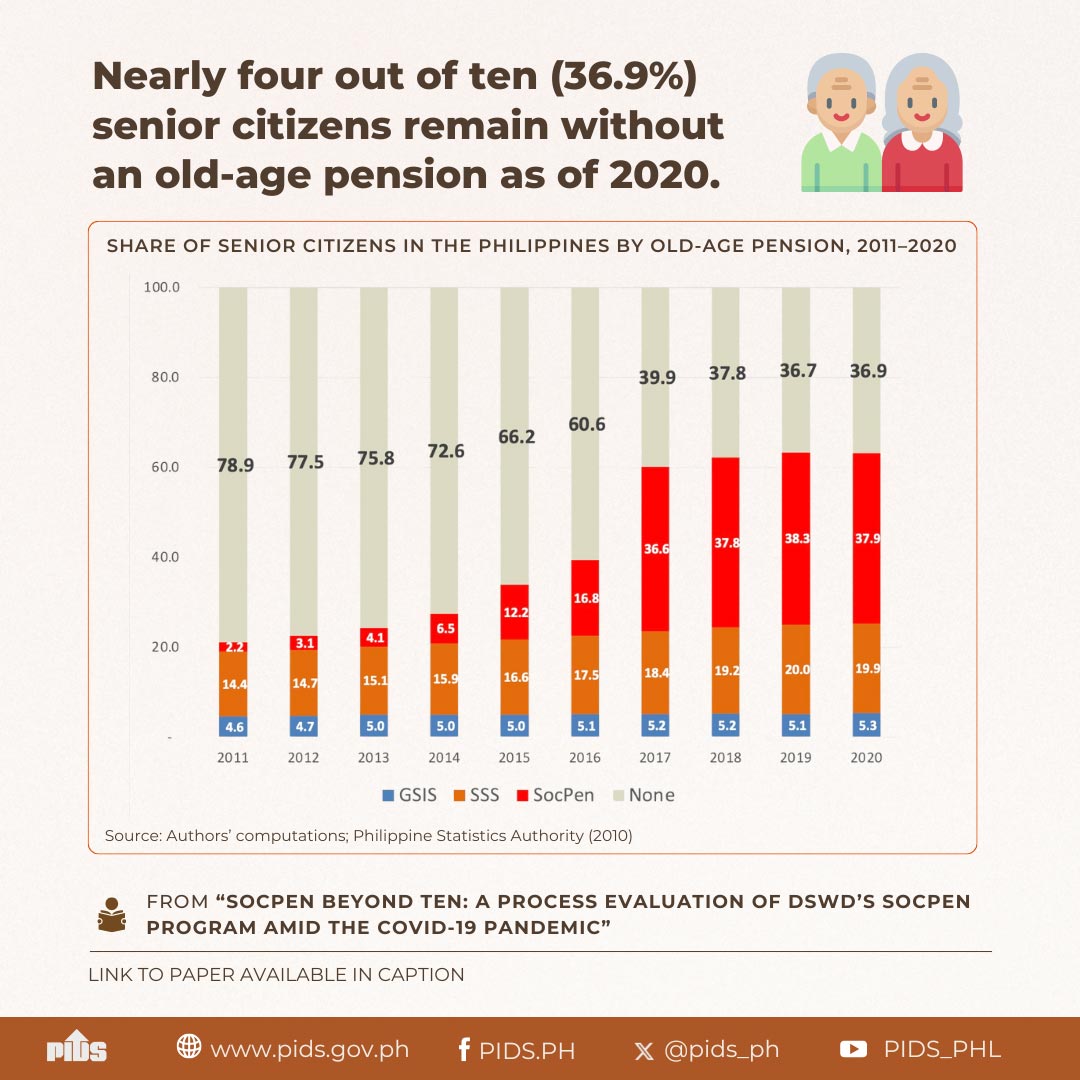AMID the pandemic brought about by Coronavirus Disease 2019 (Covid-19), the use of financial technology (Fintech) or “technology-enabled innovations in financial services and payments” in the country had increased.
This is according to Laura Ignacio, director at the Center for Monetary and Financial Policy of the Bangko Sentral ng Pilipinas (BSP). Ignacio served as a panelist during the Annual Public Policy Conference (APPC) organized by the Philippine Institute for Development Studies (PIDS).
With community quarantine and other restrictions in place since March, Ignacio said the BSP noted a “growing preference for digital transactions” among Filipinos, “as these are seen as safer and convenient [ways] in making payments and transferring funds”.
There is a notable increase in the use of online payment transactions for the first and second quarter of 2020. According to Ignacio, this can partly be attributed to the “financial assistance extended by the Social Security System to micro, small, and medium enterprises” as well as the Department of Social Welfare and Development’s Social Amelioration Program wherein the Land Bank of the Philippines transferred disbursements for beneficiaries to their bank accounts.
Consequently, data also showed that the volume of automated teller machine withdrawals dropped by almost 30 percent for the first 45 days of the enhanced community quarantine. Similarly, the volume of check payments declined by 70 percent.
The BSP has also marked an increase in the volume of EGov Pay transactions—the facility that digitized government collections and disbursements for taxes, licenses, permits, and other obligations to the government—of 688 percent since its launch in November 2019.
These trends are welcomed by the BSP, which has been promoting financial inclusion in the country.
“The use of electronic payments is greatly encouraged with the zero fees on PESONet and InstaPay, as well as with the digitalization of payments for social benefits, wages, and transportation. The increase in digitization and the public’s acceptance and greater usage of these electronic platforms also promote financial inclusion, which is a major advocacy of the BSP,” Ignacio explained.
However, she also warned the public against the potential risks that may arise with the increased use of digital transactions.
These risks include disruption in financial services due to system capacity constraints and fraud and cyberattacks, such as phishing and the emergence of malicious websites. Another is the diversion of funds to money laundering and financing of terrorism.
The lack of infrastructure, particularly poor internet connectivity in the rural areas, may also result in the public’s loss of trust in digital payment facilities.
Ignacio noted that the BSP has already implemented regulations and measures to ensure that these risks are managed via a three-fold approach: risk-based, proportionate, and fair regulation; active multistakeholder collaboration among the industry, users, and consumers; and consumer protection through communication campaigns.
“With a balanced approach to financial innovation, the BSP strives to create an enabling environment for new technologies and digital transformation. Moreover, the regulations [must] continue to adjust to these developments, so as not to compromise consumer protection standards and ensure the welfare of the consumers,” she explained.
The APPC is the main and culminating activity of the Development Policy Research Month (DPRM) celebration led by PIDS every September. This year’s DPRM theme is “Bouncing Back Together: Innovating Governance for the New Normal” (PR)
Fintech usage among Filipinos increases amid COVID-19 pandemic—BSP

